This Week At Angama #37
19 October 2018 | This Week at Angama | Jeffrey Thige
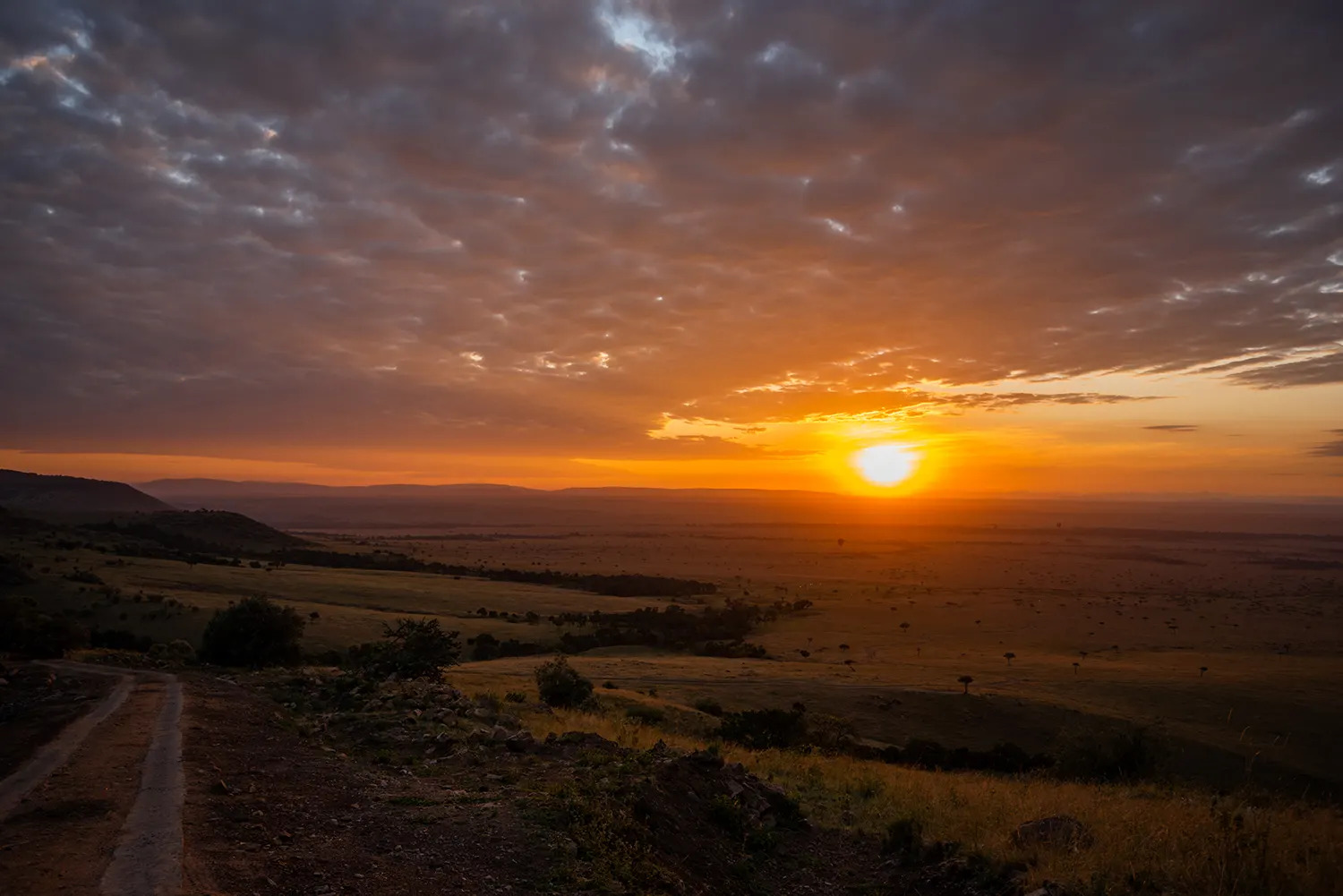
As the first light washes over the savannah breathing life into the Mara, I know it is going to be another good day behind my camera. [f 4.0, 1/320, ISO 160]

Wildebeests are always on the move in search of water and grass as they roam the Mara soon after sunrise. [f 4.0, 1/1000, ISO 200, -0.33]
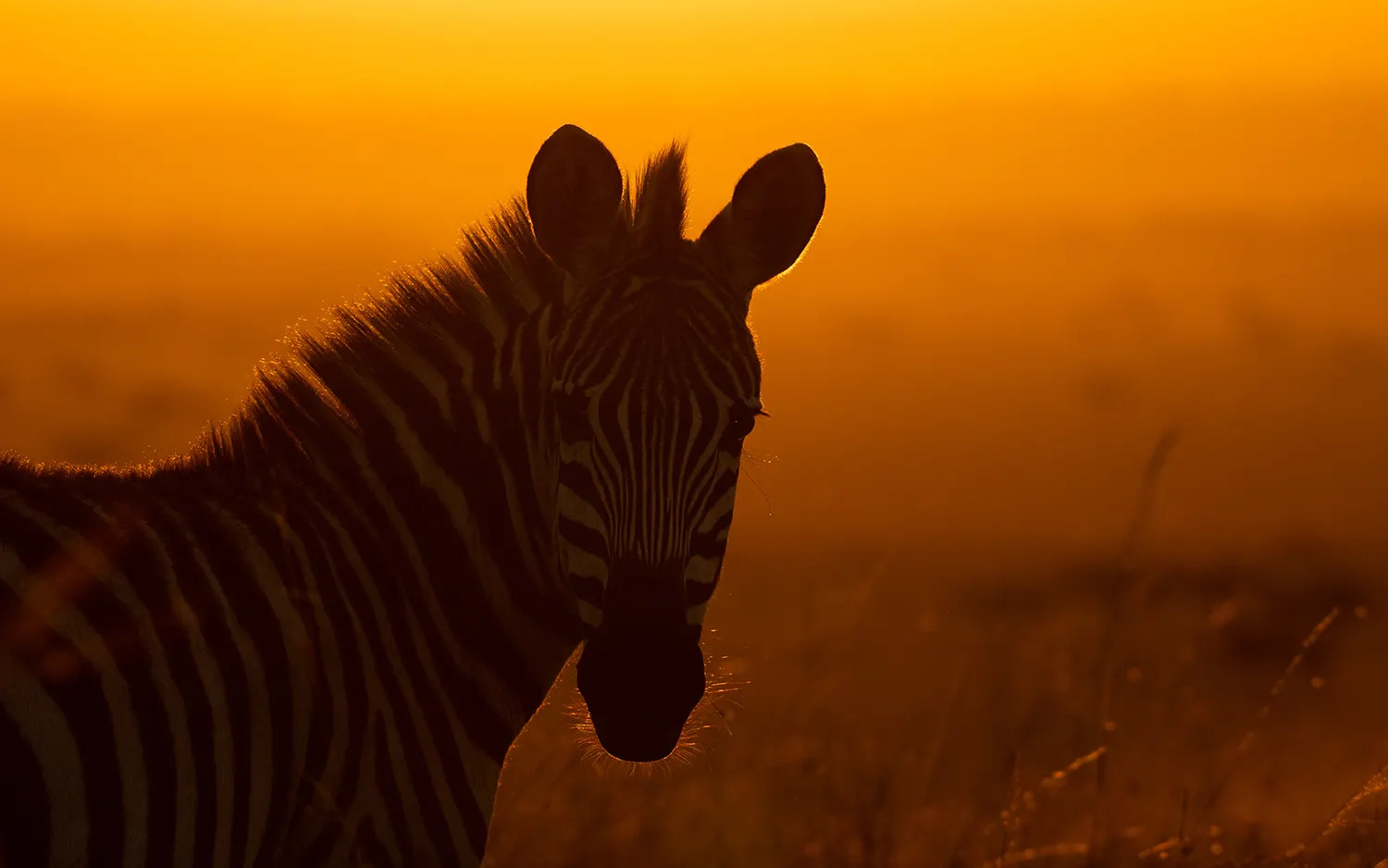
Zebra silhouetted in the morning light [f 5.6, 1/500, ISO 250]
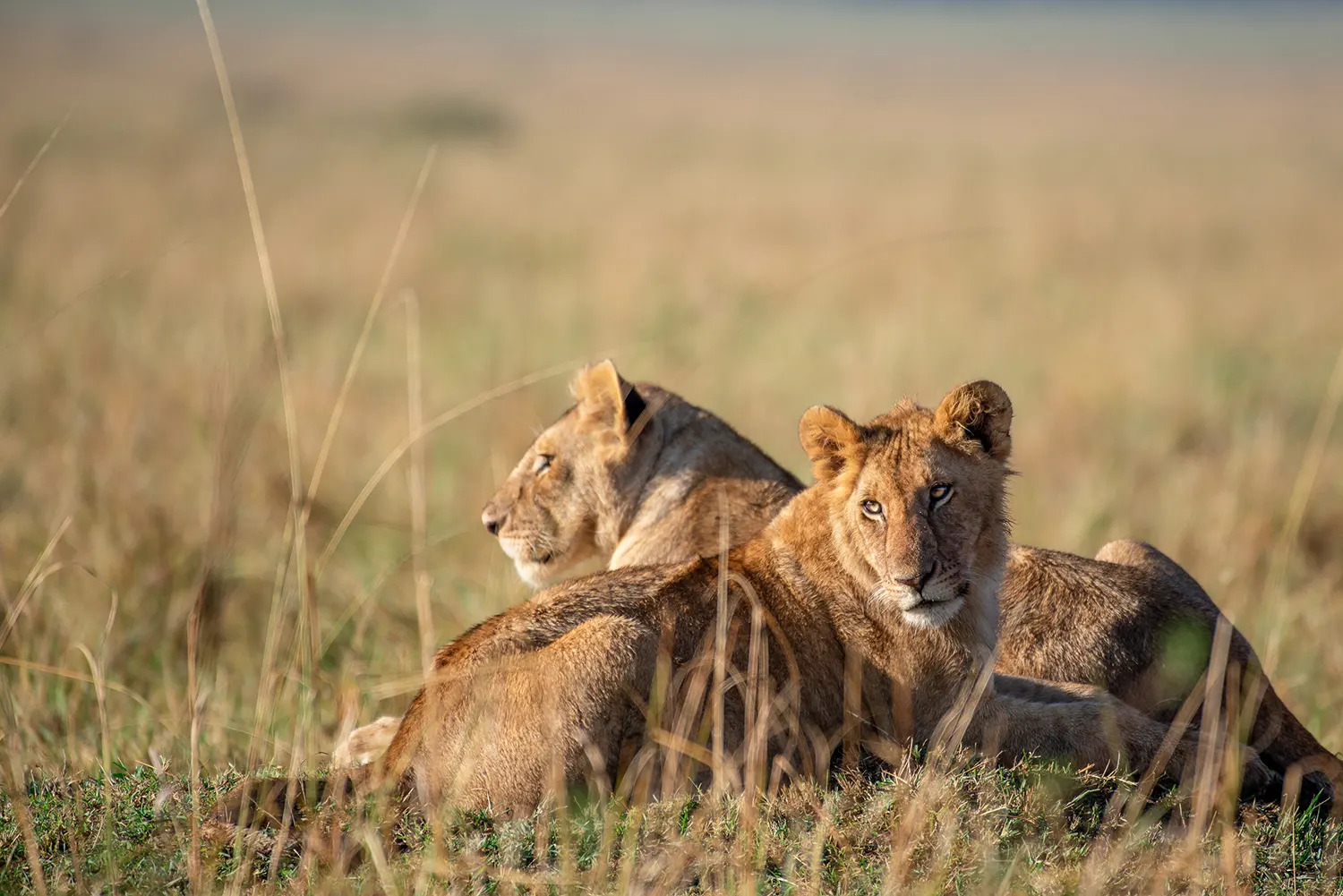
It is always rewarding to photograph the Angama pride. The cubs are growing up fast and soon some will be leaving the pride to form their own and fending for themselves. [f 5.6, 1/640, ISO 200 -0.33]
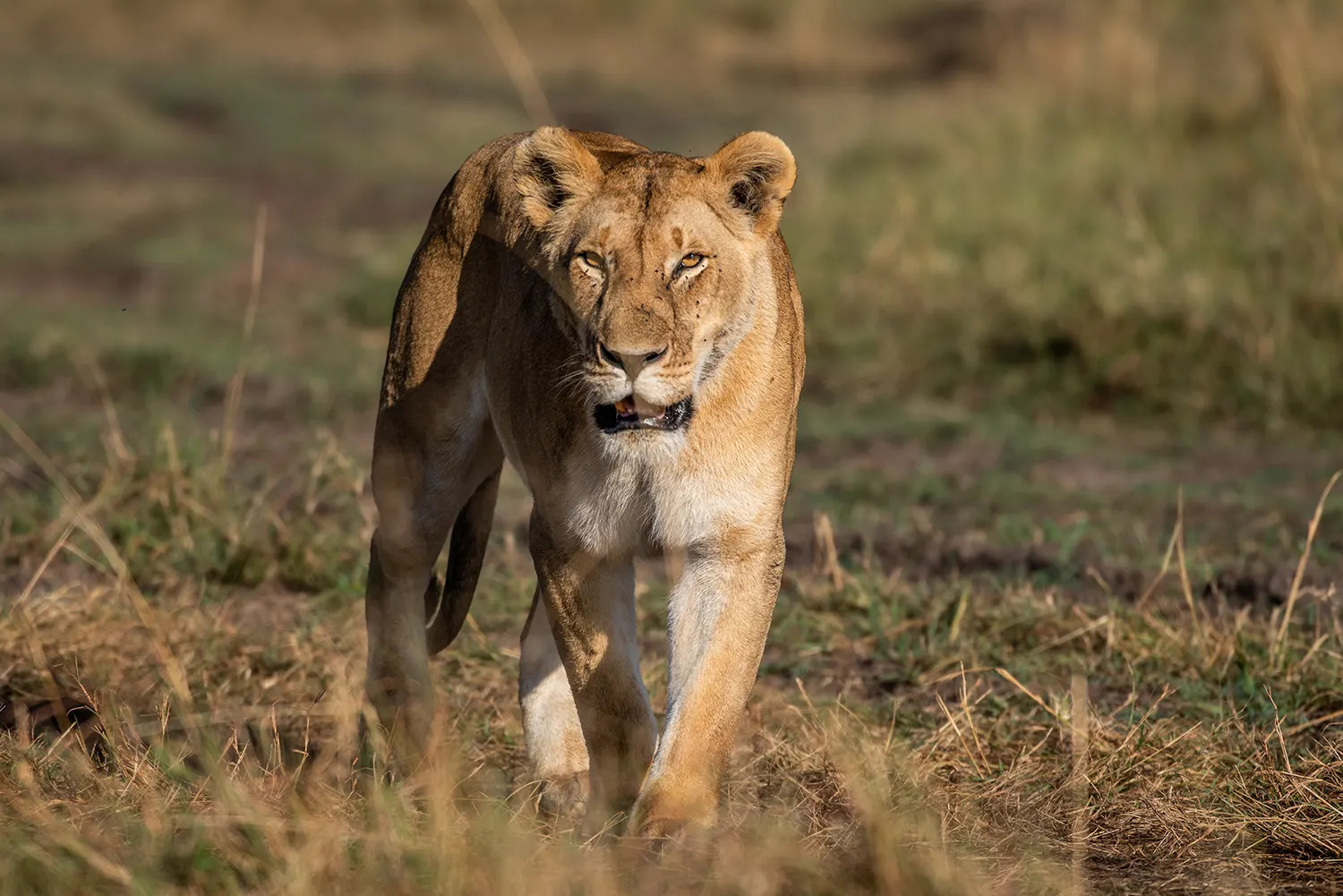
The pride treated me to a hunt. With their eyes focused on some unsuspecting wildebeest they begun taking up positions. Although it was a failed attempt it was remarkable to witness and document: the stealth of their bodies and the steady focus in their eyes. It was astounding. [f 5.6, 1/1250, ISO 200 -0.33]
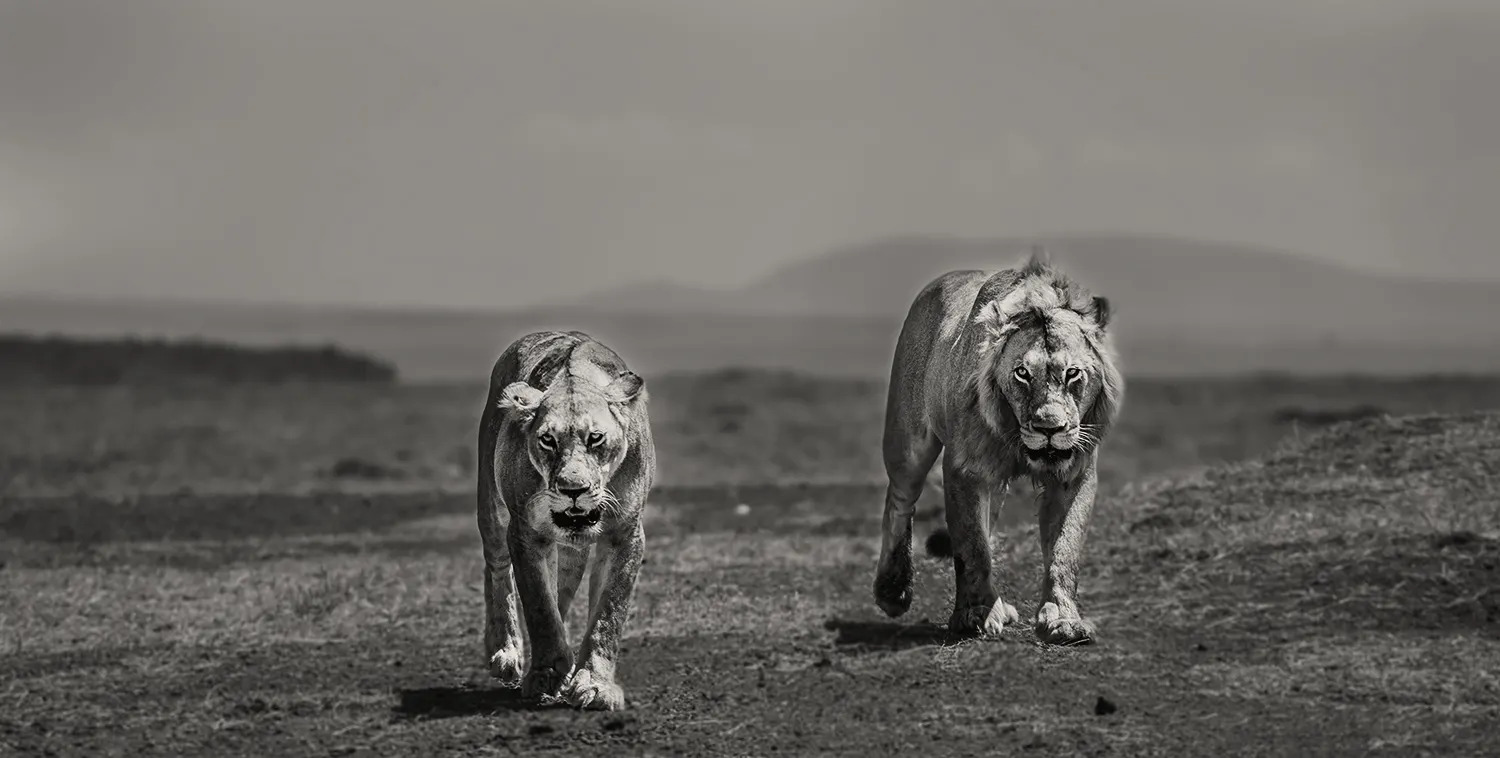
I caught up with this mating pair looking very hungry. Females are receptive to mating for 4-5 days during which they will ignore pretty much everything else, including eating. [f 5.6, 1/1600, ISO 200]
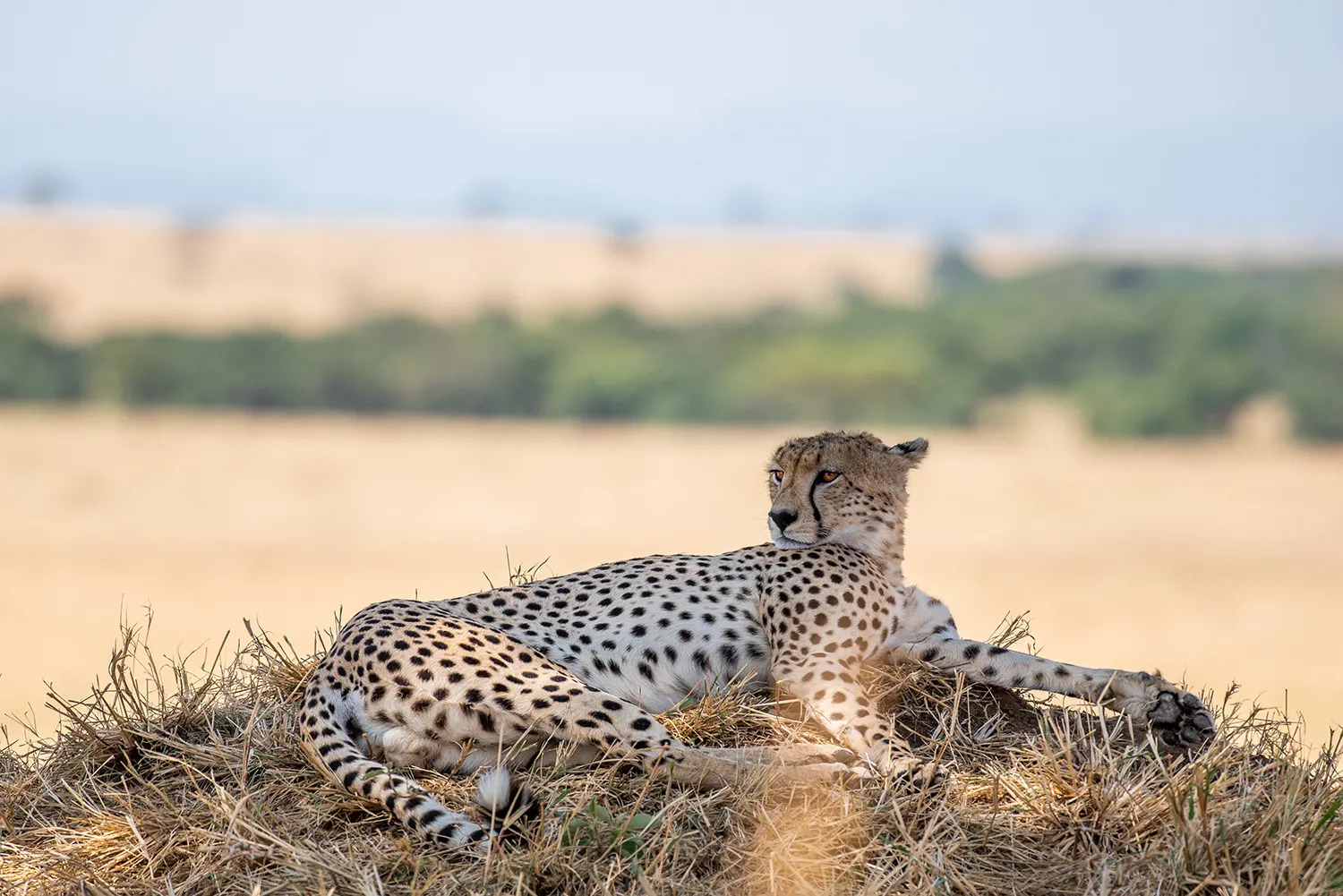
This afternoon the fastest mammal on earth was anything but … After taking down a baby wildebeest the previous day, all this male wanted to do was relax and occasionally survey the neighbourhood. [f 5.6, 1/400, ISO 200 +1.33]
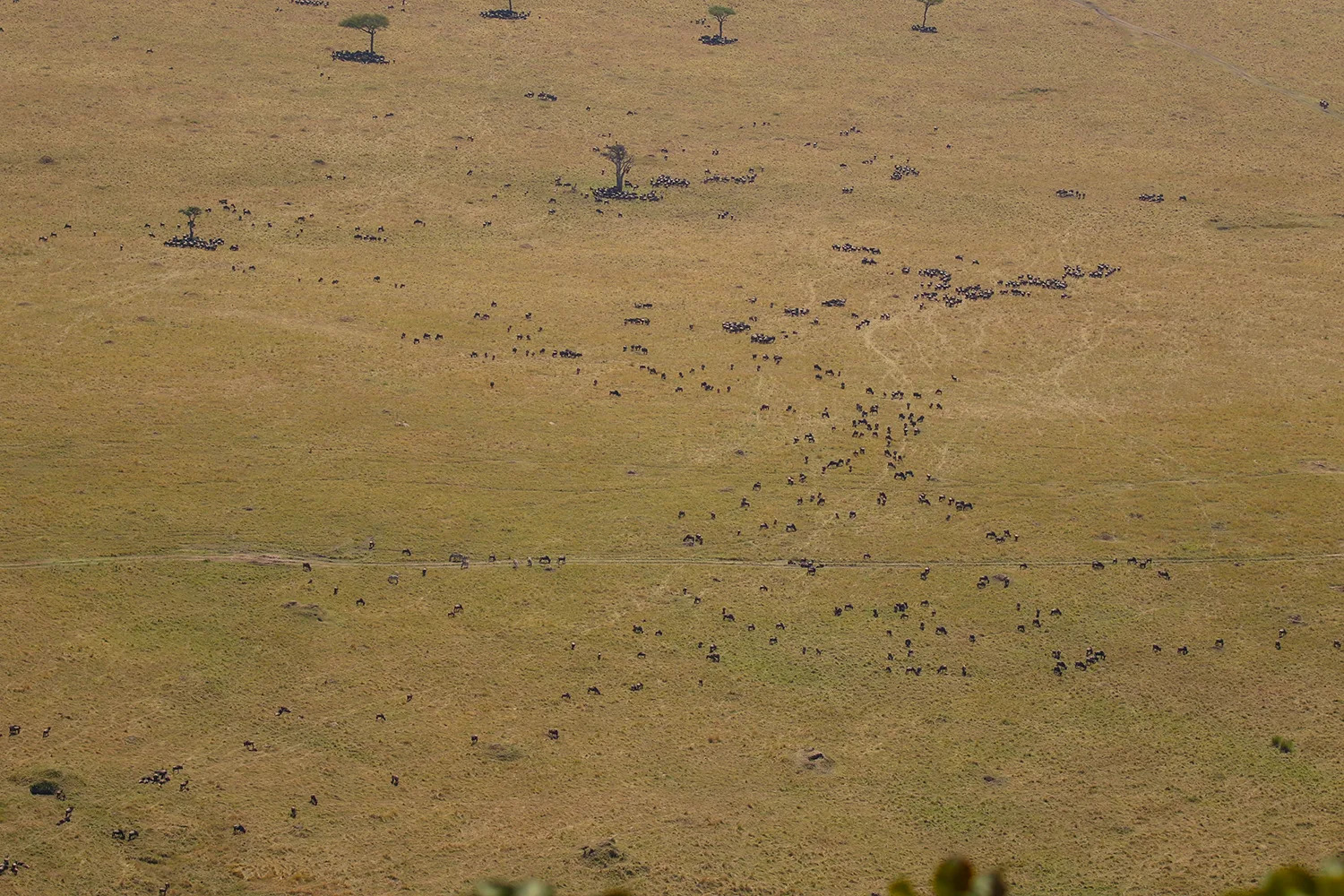
Our guests are enjoying incredible views of the wildebeest herds right from the decks of their tents. [f 4.5, 1/1600, ISO 200]
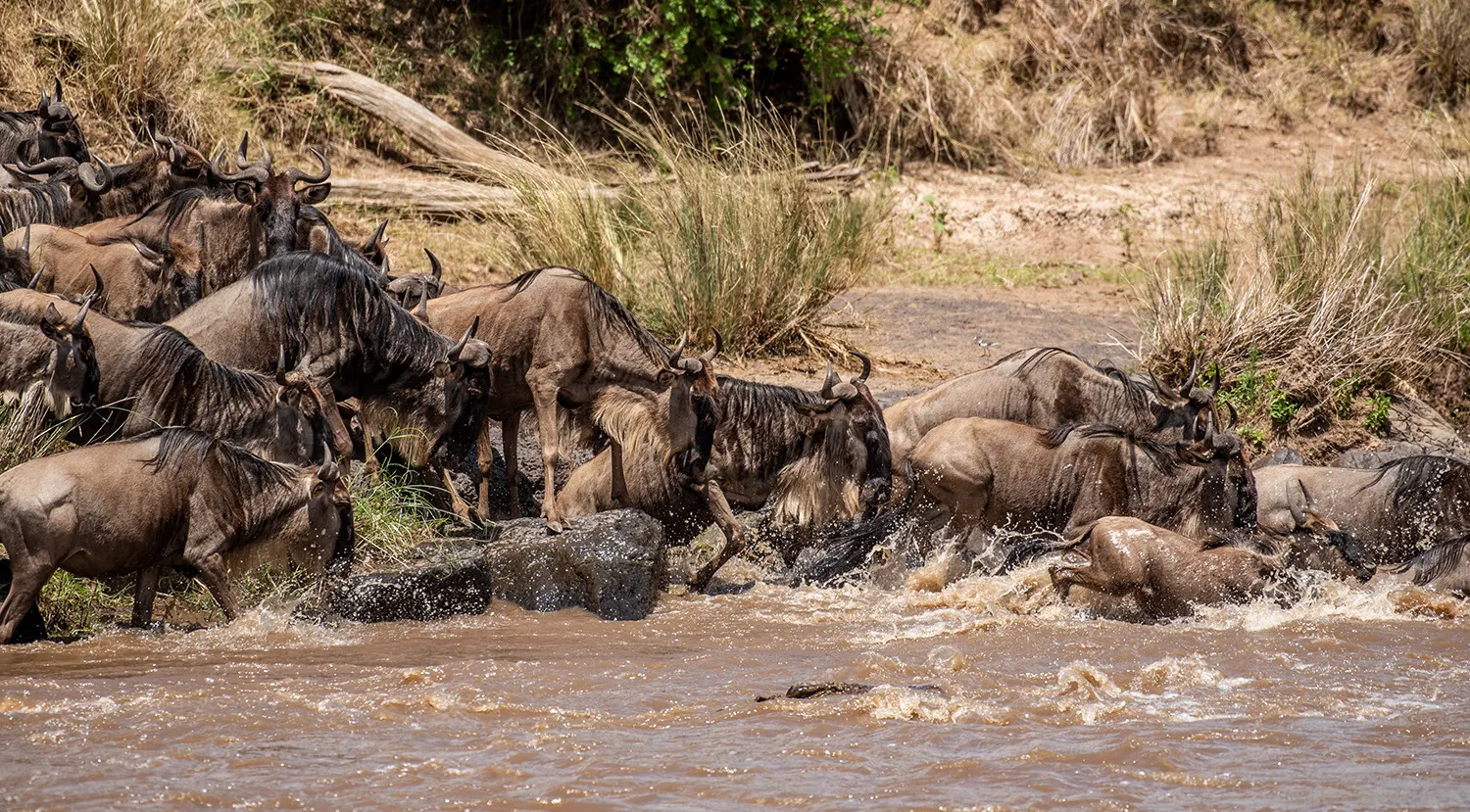
This week there have been numerous minor crossings of wildebeests, zebras and topis, all dramatic. Most make it across, but the crocodiles are still ready for more. [f 5.6, 1/1000, ISO 200]
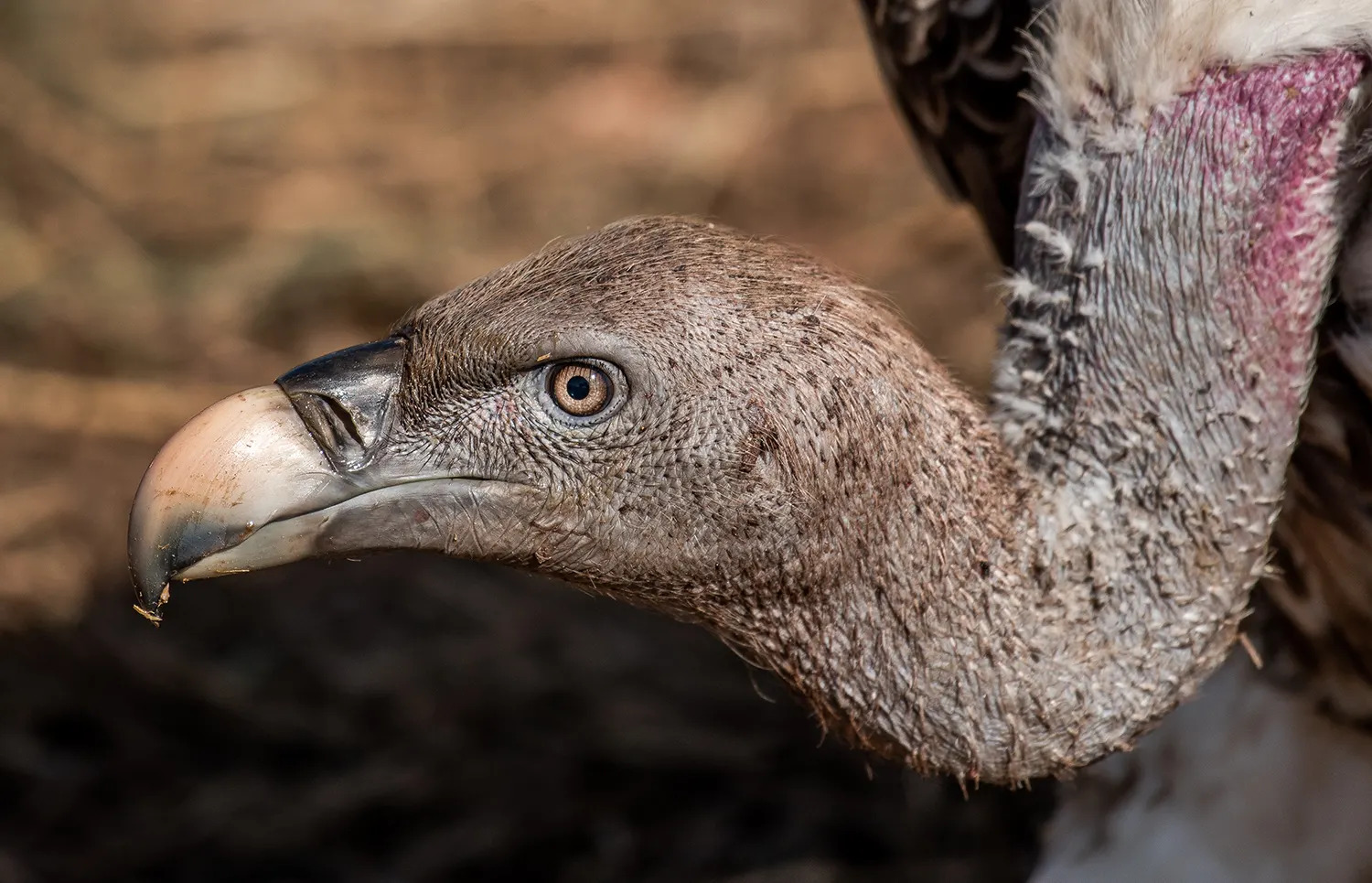
This image gives an idea of the remarkable eyesight vultures need for spotting carcasses from way up high. [f 5.6, 1/1000, ISO 200 -0.33]
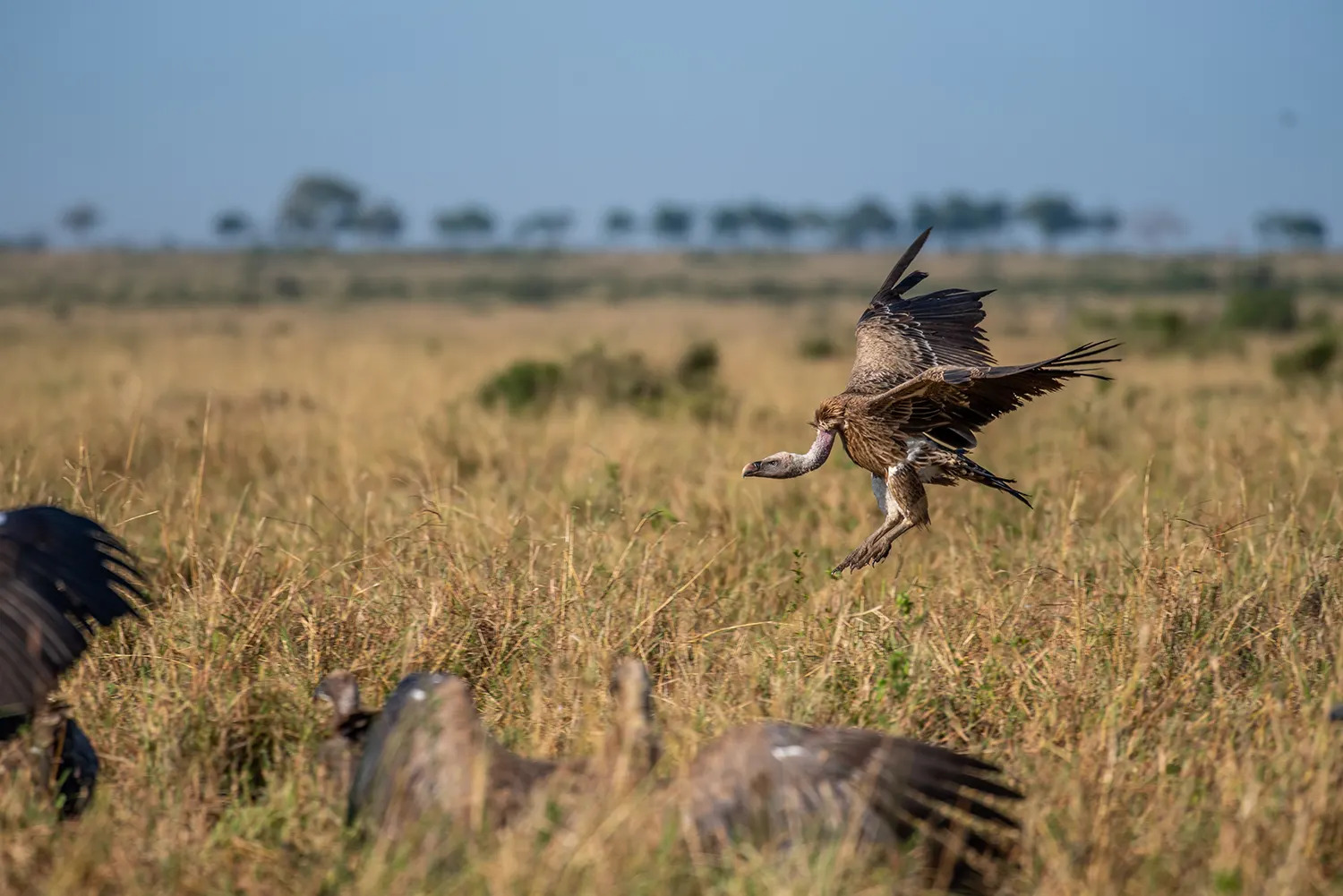
And when they do, they swoop in one by one and dig in. [f 5.6, 1/800, ISO 200]

And once they’re done, there is very little left. [f 5.6, 1/1250, ISO 200]

Well-established terrestrial hunters, secretary birds hunt in pairs specializing in killing snakes, small mammals and reptiles. Photographers in the Mara are afforded great viewing of these handsome birds. [f 5.6, 1/800, ISO 200 +0.67]

I’m always drawn to photographing yellow-billed storks. Their vibrant colours stand out in their natural surroundings. [f 5.6, 1/640, ISO 200 +0.67]

With the coming of the Great Migration en masse into the Mara Triangle, it has become increasingly challenging to see elephants. Their low tolerance for noise pushes them to the far edges of the reserve – once you have heard the constant din of hundreds of thousands of animals you will sympathise. [f 5.6, 1/800, ISO 200]
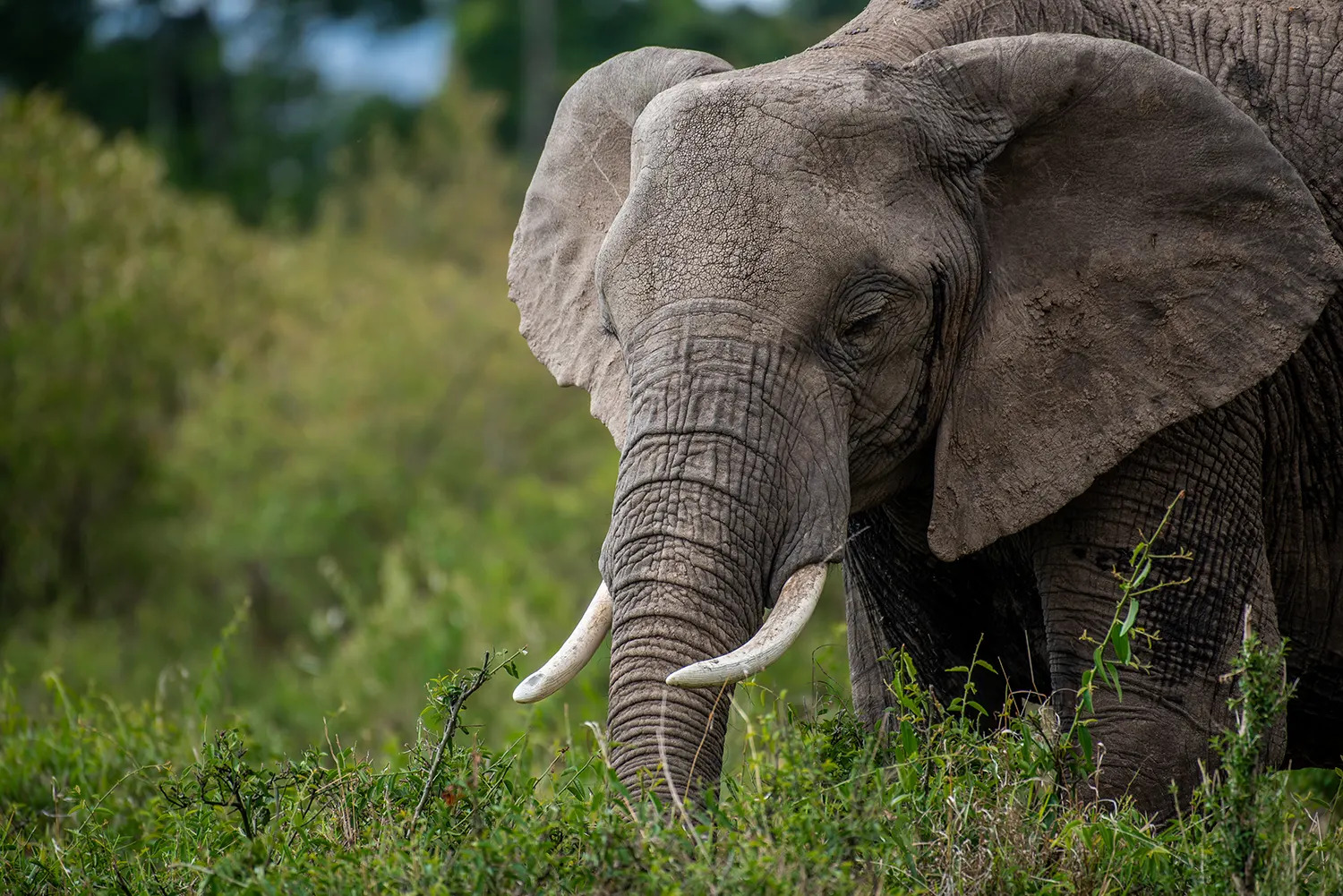
But photographers coming to the Mara are always rewarded with opportunities. [f 5.6, 1/800, ISO 200]
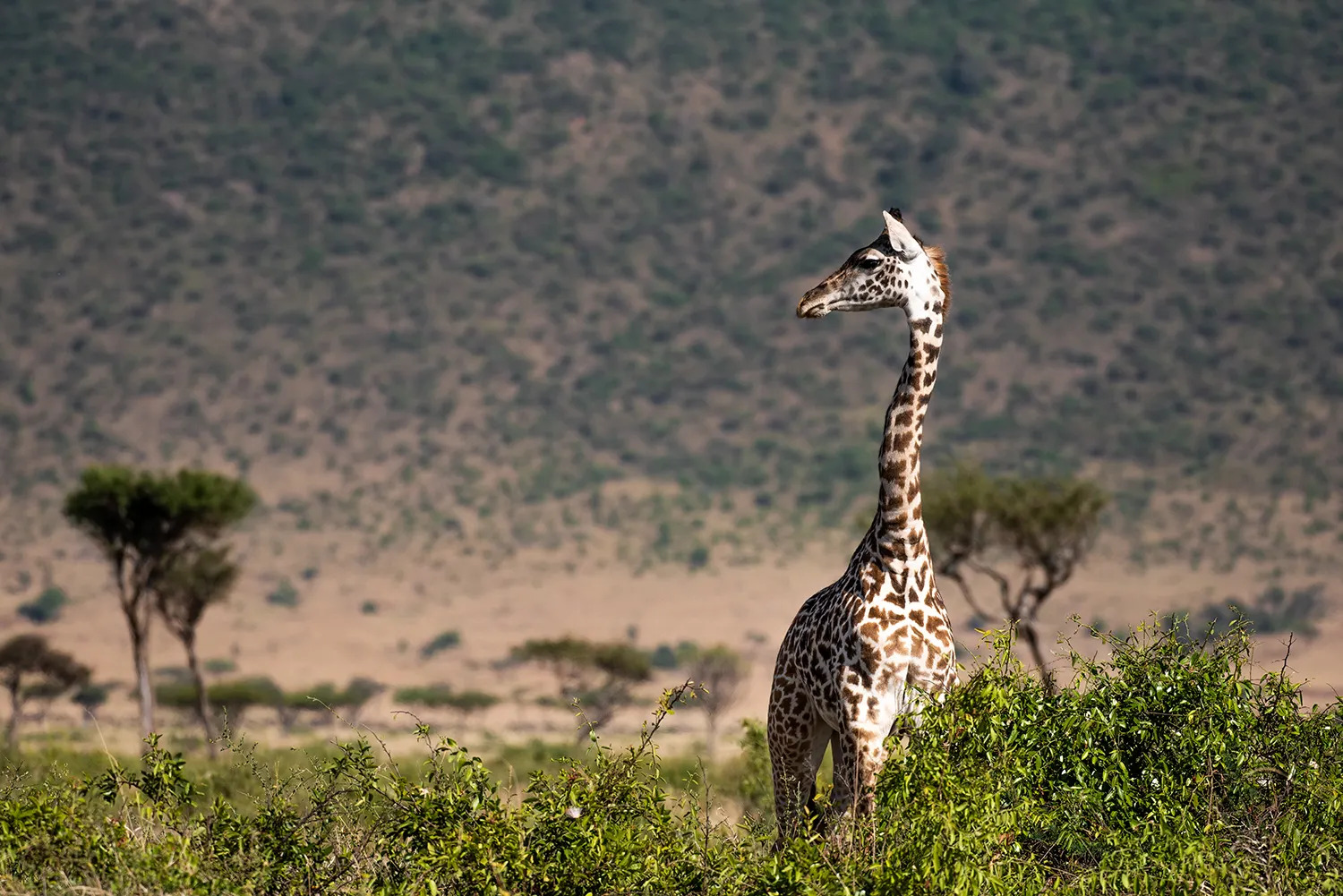
I was drawn by the way the sun highlighted this giraffe while surveying the surrounds for any possible prey. [f 5.6, 1/1250, ISO 200 -0.33]
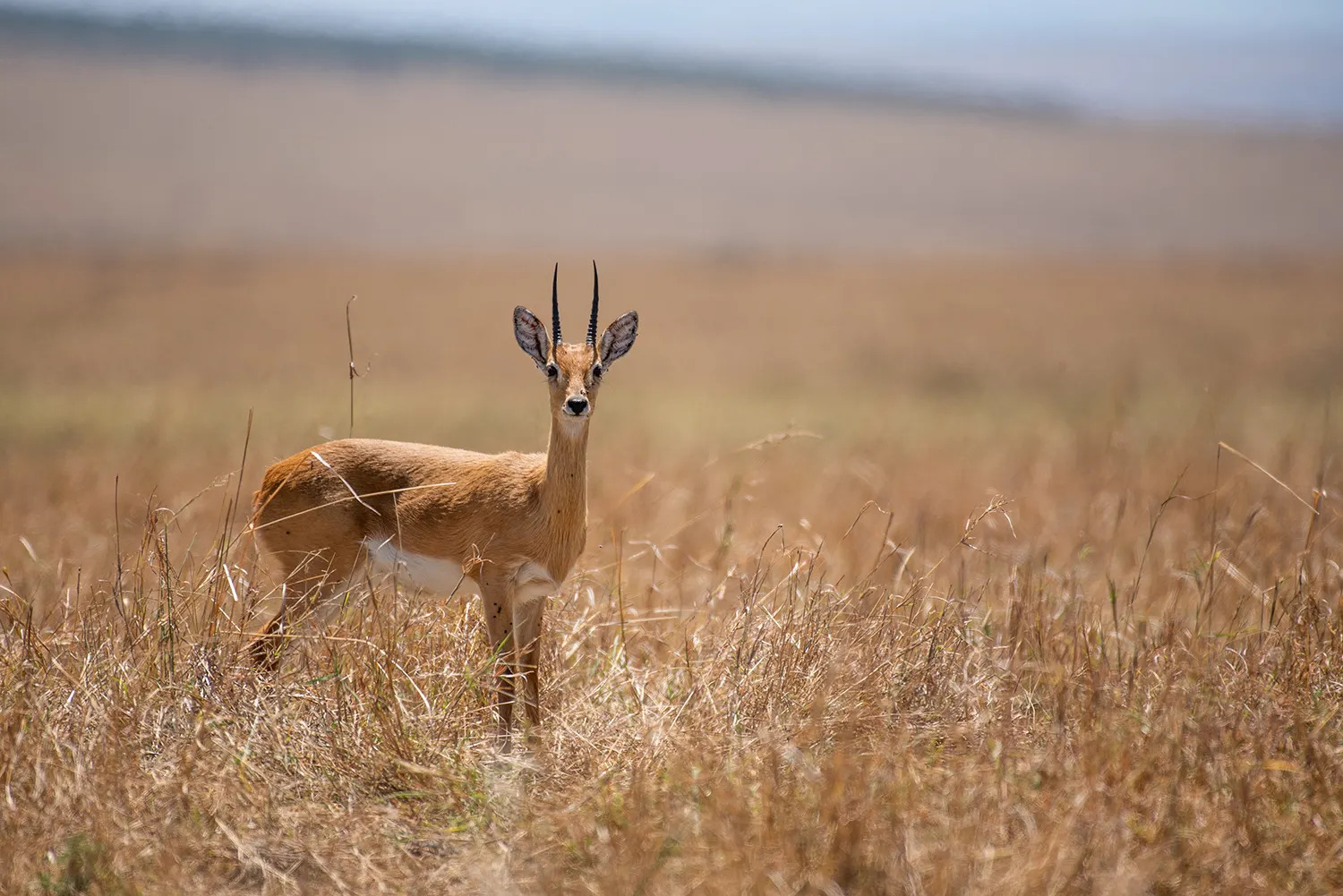
Photographers keen to film this small rare antelope, the oribi, don’t have to work quite so hard in the Mara as they have become increasingly common in here over the years. [f 5.6, 1/800, ISO 200]
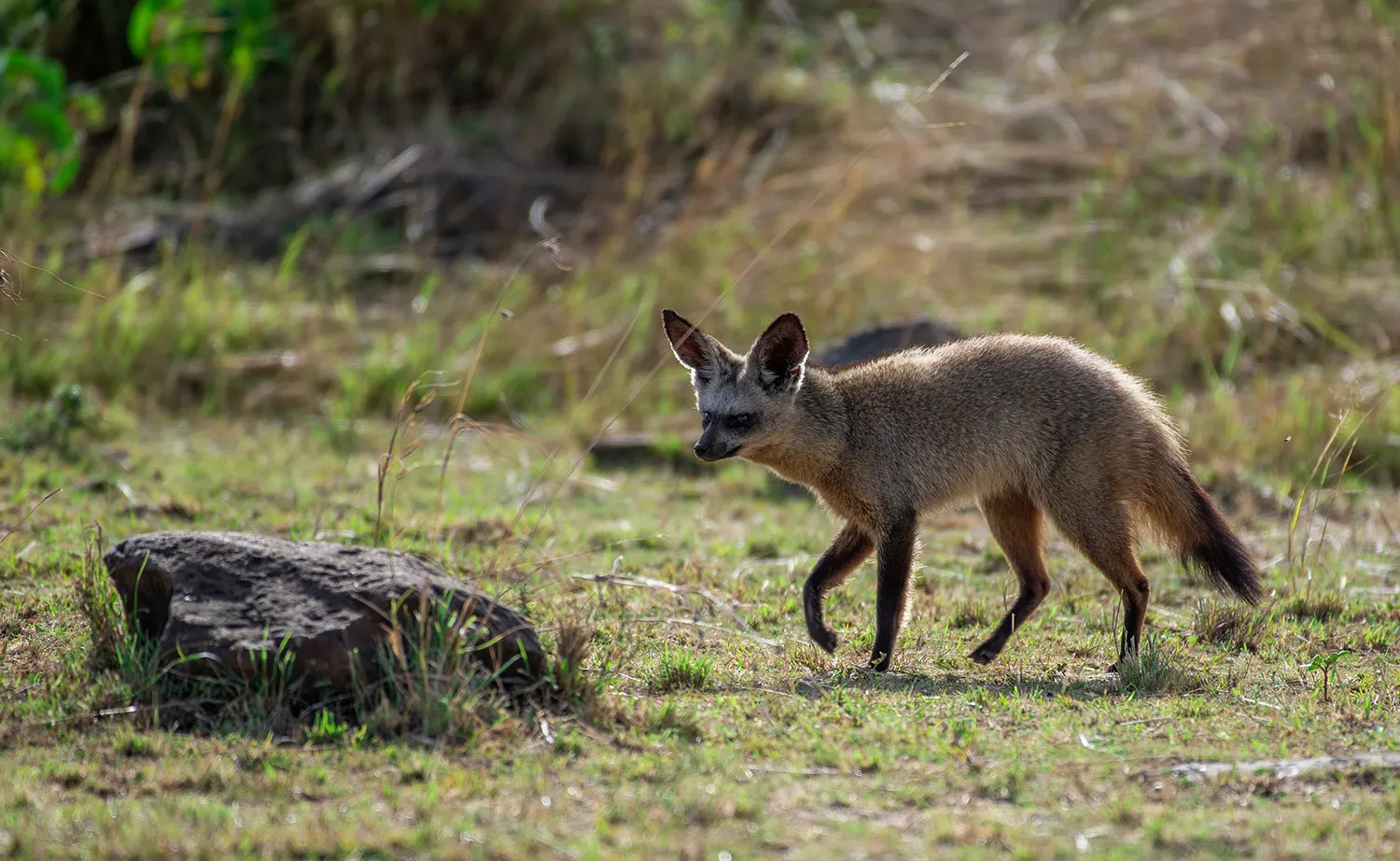
Whilst most eyes were firmly fixed on crossings this week, those who left the beaten path might have been rewarded with a great sighting of a bat-eared fox. [f 5.6, 1/640, ISO 200]
TAGGED WITH: Cats, Wildlife, Birdlife, Photography, Birds, Safari, Angama Mara, Landscapes, Great Migration, Wildlife Photography, Lion


